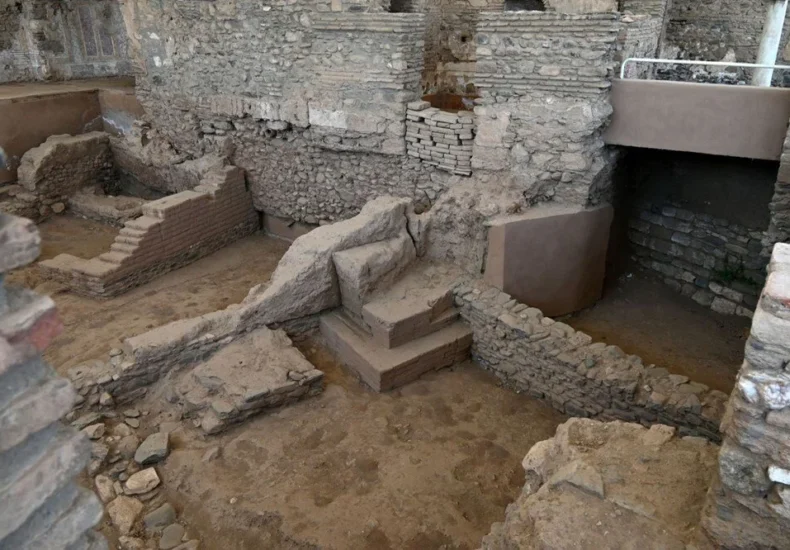
Traces of Lydia in Sardis: A 2,700-Year-Old City Opens to Visitors for the First Time
Rising from the fertile plains of the Gediz Valley, Sardis stretches across time like a vast cultural mosaic. The towering columns of the Temple of Artemis, the grandeur of Roman baths, and the largest ancient synagogue of its era—this is Manisa’s Salihli district in western Türkiye. Yet the true heart of this ancient city, the remains of the Lydian civilization, has long been hidden from view—until now.
For the first time, archaeological remains from the Lydian period, uncovered during more than a century of excavations, will soon be accessible to visitors at Sardis, a UNESCO World Heritage site. The new visitor route, expected to be completed next year, will reveal traces of the Persian invasion and unique elements of Lydian architecture in situ.
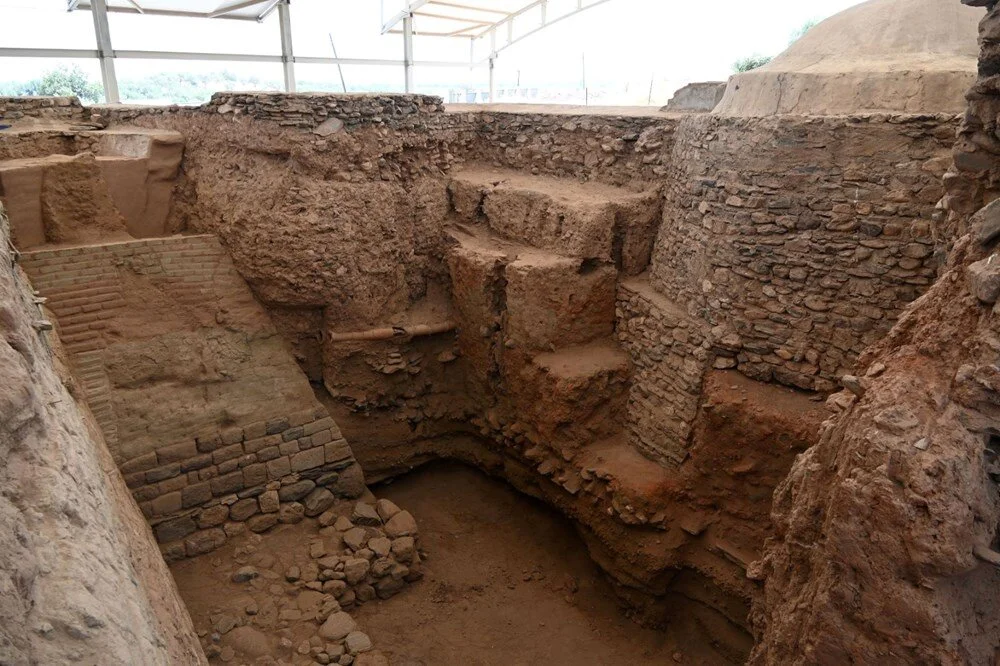
According to excavation director Prof. Nicholas Cahill of the University of Wisconsin–Madison, the upcoming redesign aims to showcase the city’s “true identity”:
“Visitors will be able to see the ruins of the Lydian fortification walls, layers of burned mudbrick, as well as a reconstructed Lydian house and kitchen. In that kitchen, we uncovered about 30 plates, cooking pots, iron skewers—and even the skeleton of the homeowner. We also found a workshop that produced red glass.”
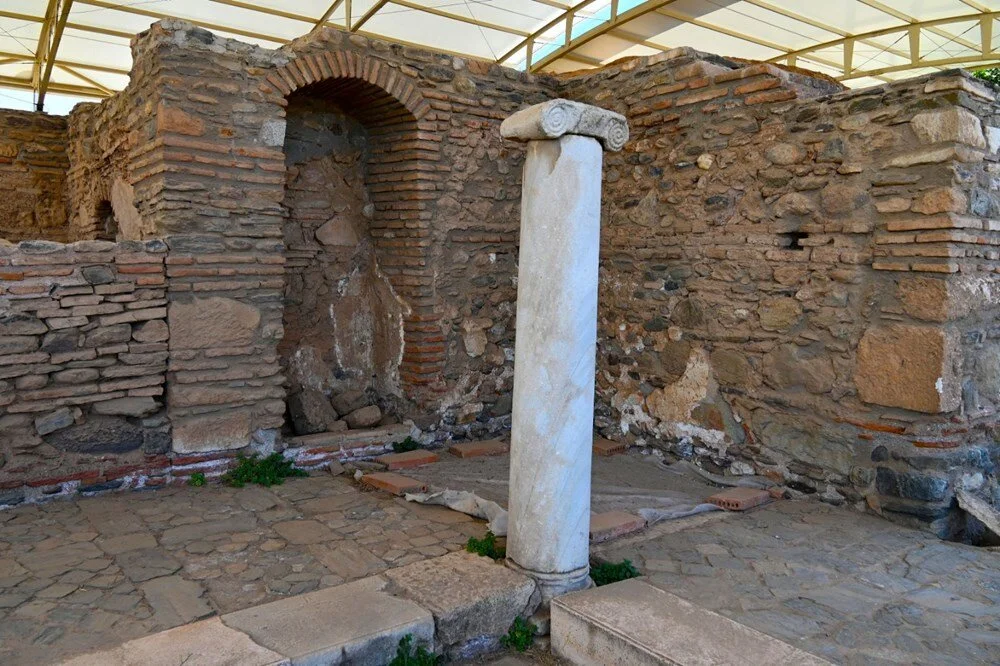
This red glass, Cahill notes, was a rare material of Mesopotamian origin, absent in contemporary Greece, revealing the far-reaching trade networks of the Lydians.
📣 Our WhatsApp channel is now LIVE! Stay up-to-date with the latest news and updates, just click here to follow us on WhatsApp and never miss a thing!!
Reaching the Lydian layers has meant carefully digging through the strata of later civilizations—Roman and Hellenistic remains—while preserving them. As a result, the new visitor route will focus on a small but significant sector, leading down into a deep excavation pit where the essence of Lydian life is laid bare.
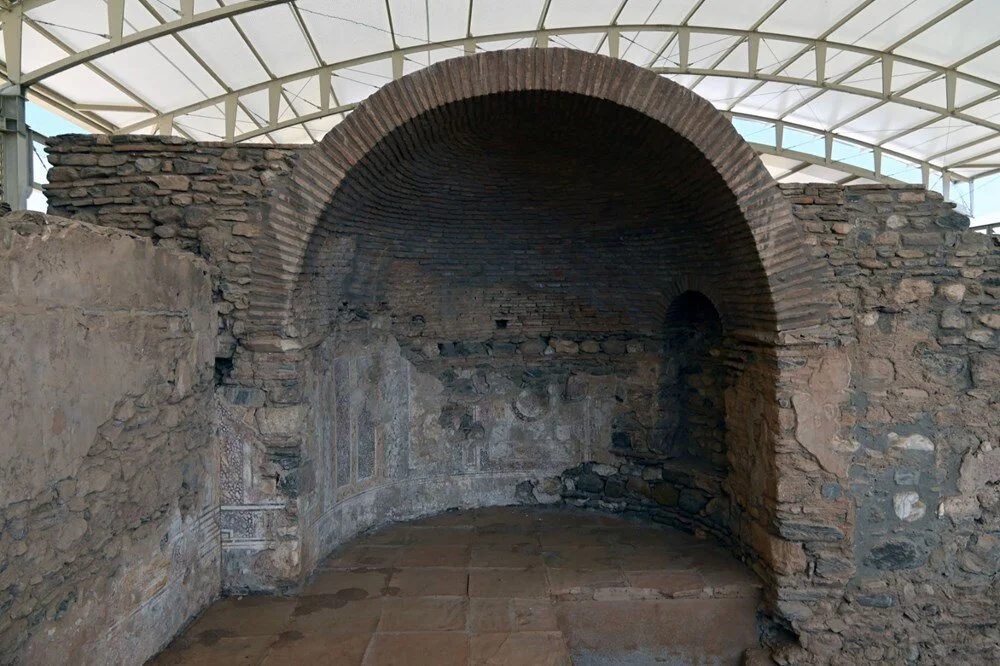
Soon, those who visit Sardis won’t just be touring an ancient city—they’ll be stepping into the birthplace of coinage, where the power and ingenuity of Lydia first took shape.
You may also like
- A 1700-year-old statue of Pan unearthed during the excavations at Polyeuktos in İstanbul
- The granary was found in the ancient city of Sebaste, founded by the first Roman emperor Augustus
- Donalar Kale Kapı Rock Tomb or Donalar Rock Tomb
- Theater emerges as works continue in ancient city of Perinthos
- Urartian King Argishti’s bronze shield revealed the name of an unknown country
- The religious center of Lycia, the ancient city of Letoon
- Who were the Luwians?
- A new study brings a fresh perspective on the Anatolian origin of the Indo-European languages
- Perhaps the oldest thermal treatment center in the world, which has been in continuous use for 2000 years -Basilica Therma Roman Bath or King’s Daughter-
- The largest synagogue of the ancient world, located in the ancient city of Sardis, is being restored

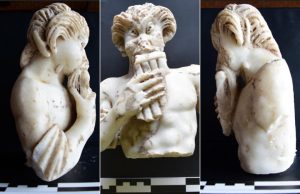
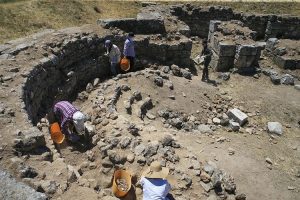
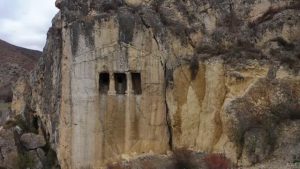
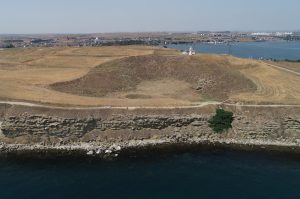
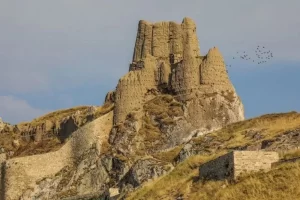
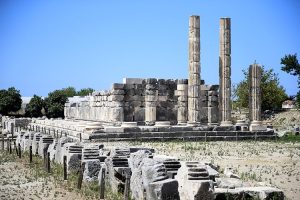
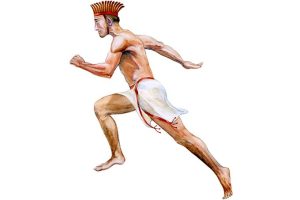

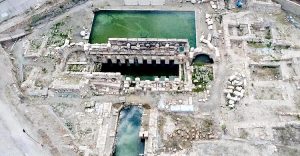
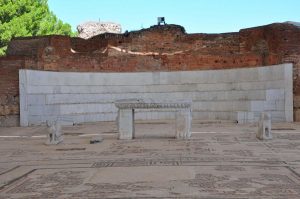
Leave a Reply